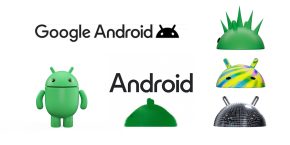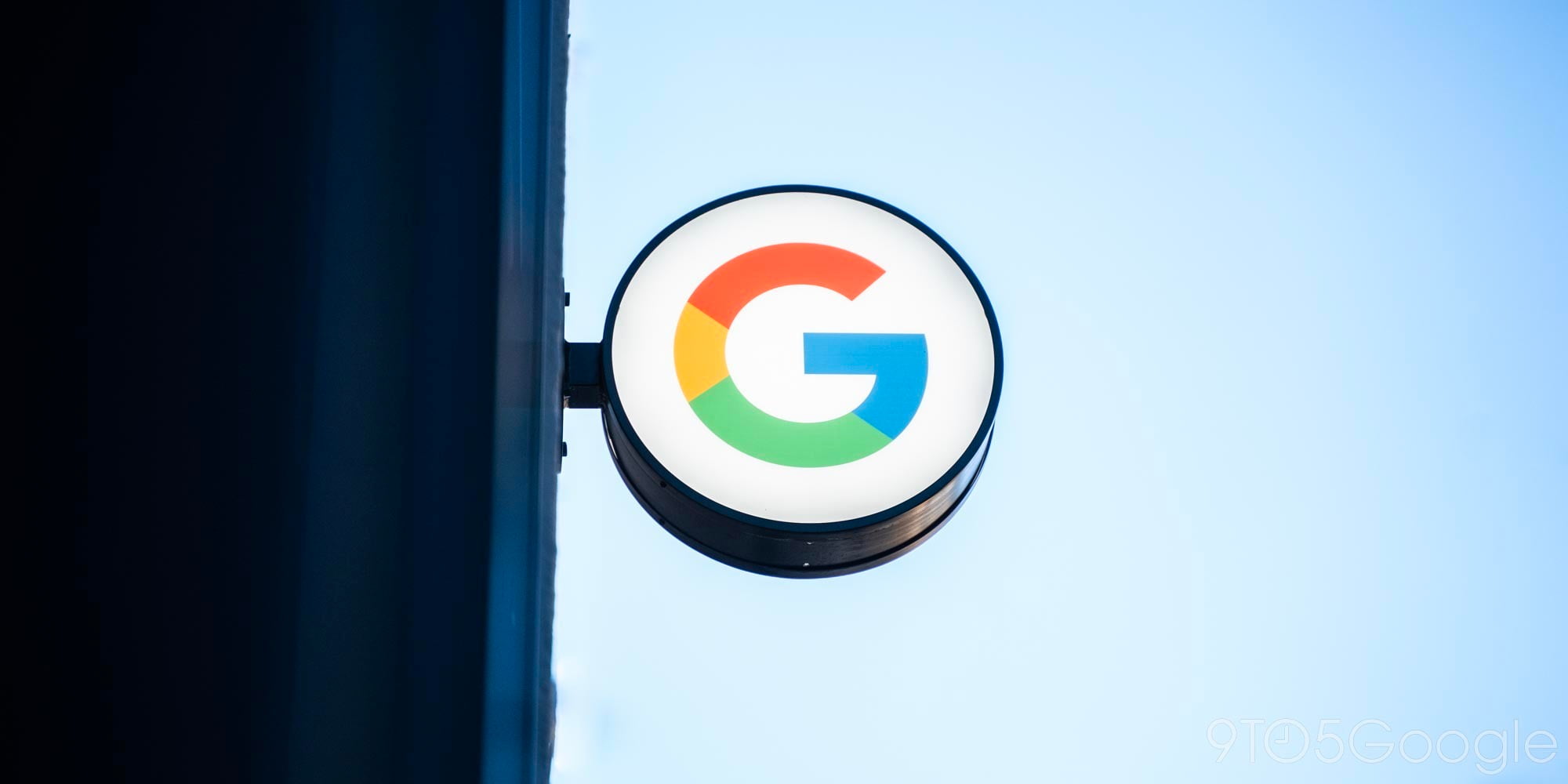
Yesterday morning, at a relatively low key event without much fanfare and following the almost ritual avalanche of leaked schematics and what have you, Apple officially announced the iPhone SE. With a chassis virtually identical to that of the iPhone 5s – and 5 before it, for that matter – the smaller-sized iPhone came back in all of its four-inch glory, and not without raising eyebrows.
According to the company’s claims, however, about thirty million people bought a 4-inch iPhone last year, amounting to almost 8% of all Apple phones sold. Considering the massive marketing push made to advertise the four bigger-screened iPhones introduced in the past couple of years, that certainly is no small feat, indicating that there indeed still is interest for smaller devices, a market the Cupertino giant would be naive to ignore.
Sure, the much more variegated Android landscape has offered a few notable options in years past, but those were either afterthoughts, less powerful ‘mini’ versions of established flagships, or devices explicitly designed to be sub-par when compared to their siblings. The iPhone SE may lack 3D Touch and newer-generation Touch ID, but the rest of the package is clearly inspired by the iPhone 6s’ spec-sheet, and nothing says that this smaller sibling isn’t here to stay.
And that begs the question of how this is going to impact the Android landscape. Are Android manufacturers going to follow suit the coming years, or instead pray for the SE to be a one hit wonder (or a complete dud) – and thus something less to worry about?
Apple, in a characteristically thoughtful move, played it safe. It noticed that the iPhone 5s was (and still is) popular among consumers, so it recycled its beloved iPhone 5s’ design – to this day regarded as its best by many – and slapped the newest internals into it. If the iPhone SE turned out to be a huge seller, it would re-open the market for a smaller, but most notably cheaper iPhone, after the failed attempt made by the 5C in 2013. At $399 in the U.S., the SE can flaunt a key feature none of its predecessors had, positioning itself in a segment of the market where virtually no Android phone can truly match it.
It is a very powerful combination; a phone with high-end specs, a compact size, and a relatively low price. In the Android space, very few devices can boast a similar trifecta of key characteristics, as almost every device out there falls short in at least one of these categories. A plethora of good Android phones are bringing down the price from the old days of $700+ flagships (with a few exceptions), but the general trend going for bigger screens remains, and actually a good number of OEMs have taken the path of offering a “plus” sized option in their portfolio – think Samsung, HTC and now OPPO, among others.
Would a 4-inch version of the LG G5 be acclaimed with the same enthusiasm as the iPhone SE? Would a Mi5, a Moto X, or even a Galaxy S7? I don’t think so, and there is a number of reasons why. The first one may sound harsh and painfully obvious, but its importance does not allow me to overlook it. One of the advantages bigger phones have given us is more room for manufacturers to cram in as big of a battery as possible, and given that Android is still trailing iOS levels of optimization (albeit getting better and better with every major Android release), whatever unit could a 4″ Android phone carry would probably struggle to make it through a day, especially trying to retain higher-end components such as pixel-dense displays and powerful processors.
The second reason goes a little deeper, and it clearly distinguishes Apple from basically any other company out there. Let’s be clear: nobody else could have proudly given birth to a device with a four-year old design and got away with it, no matter how good, well received, functional or popular. Apple did, and people are even drooling over the Rose Gold model like it was some sort of novelty, as they have time and time again. It’s the kind of success that comes when you check all the right boxes so consistently and for so long – the success heritage Apple arguably deserves almost in its entirety, and that it can naturally use at its own advantage. Had Samsung introduced a 4″ Galaxy S7 in the shape of, say, a Galaxy SIII, people wouldn’t have stopped laughing. I don’t think even the much-loved HTC Evo 4G could be worthy of a rerelease like the iPhone SE.
This is why Android manufacturers should tackle the same problem from a different perspective, which is that of creating better designs. Sure, the demand for smaller phones is out there, but ‘smaller’ does not necessarily mean down to an admittedly old standard like 4-inches, and surely does not directly link a compact device to a tiny screen. In the past ten days or so, it has been precisely Samsung the one that taught me a big design lesson in this department. This very morning, I picked up my Nexus 6P to see if the OTA update for the newer build of Android N had hit it, but my mind got distracted immediately: the moment I wrapped my hand around it, I couldn’t help but think how much of a behemoth it felt in comparison to the Galaxy S7 edge that I’ve been using as my daily driver.
And not just ‘big’, mind you; it seemed clunky, angular and outright unpleasant, as if it were part of a long-forgotten generation. It showed me how much importance industrial design has for a instrument we use so much everyday, and notably how incredible of an engineering and design marvel the S7 edge is; the similarly-sized 5.5″ display has been gently curved to be accommodated in a notably smaller footprint, all the while retaining a battery that is somehow 200mAh larger. A year and a half after my first encounter with a 5.5″ phone, – the OnePlus One – my hate towards ‘phablets’ has ended, as technological advancement allowed a device with all the added benefits of a big screen (and very few of its shortcomings) to exist. Oh, and just so you know, the iPhone 6s Plus feels just as ridiculous when compared to it.

Now, to get things out of the way, the S7 edge is still a big phone, and it certainly won’t accomodate the needs of people lining up for an iPhone SE. However, considering just how much it has achieved, a phone with a similarly advanced design scaled down to a 4.7″-ish phone could do the trick. In 2013, when Motorola introduced the very first Moto X, I was amazed by how compact it was, and having an iPhone 5 at my disposal it struck me how such a (almost a full inch) bigger screen, wrapped in the gently curved back, gave me both a much better in-hands feel and the added real estate together. However, the Moto X too couldn’t satisfy everyone’s expectations, as its specs couldn’t quite match the high-end smartphones of the time; much like the OnePlus X, which could still improve its screen-to-bezel ratio.
In more recent times, Sony tried to push its Z line with very good devices such as the Z3 and Z5 Compact, – a hair bigger than an iPhone SE, but with over half an inch more screen – brought down by Sony’s unfortunate scarce popularity among consumers, its lack of prominent advertising in the United States and a generally lukewarm reception of its flagship phones; nevertheless, they did nail the general formula other manufacturers should adopt, switching from the current ‘big + bigger’ double offering to a more reasonable ‘small + big’ one. I bet that if the shell of a current 4″-ish phone could contain a screen up to 5″ – much like the S7 edge disappears under the Nextbit Robin‘s 5.2″ casing – most consumers would be satisfied and the outcry for ‘smaller devices’ almost entirely eliminated.
One of the reasons we all love Android is its customizability, inside and out; we have a lot of choice regarding software, and applying the beloved ‘be together, not the same’ philosophy to hardware simply makes sense, and not solely from a business point of view. Adapting to a bigger screen is, more often than not, just a matter of habit, especially when the outer bodies are curved and thus gently rest in the palms of our hands; however, some people may still have tinier hands, or simply prefer their device to be physically small, and having that choice shouldn’t come with major compromises.
Meanwhile, coming back to the other crucial argument, these smaller handsets could still maintain costs relatively low, saving money on the battery and display sizes (as well as resolution, which wouldn’t need to go anywhere beyond 1080p) and indeed the sheer amount of materials used in the construction. In an industry that is seemingly on the verge of entering a phase of stagnation, the process of bettering and polishing should make manufacturers look forward, not backwards, and directly copying a move made by a company in a particular position – Apple – is definitely not the way to go. A few have already paved the way, though, and it’s a right one; now others just need to follow.
FTC: We use income earning auto affiliate links. More.



Comments